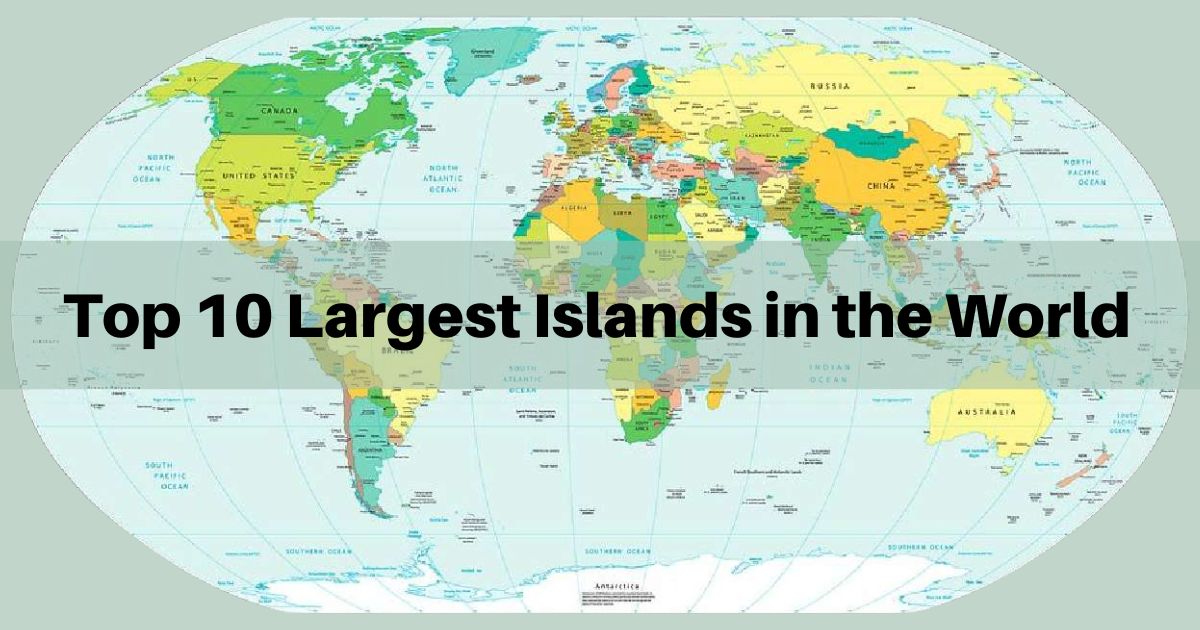The world is dotted with islands, each unique in its geography, culture, and biodiversity. Islands can be found in every ocean, varying vastly in size, climate, and the life they sustain. Among these islands, a few stand out for their sheer size and the remarkable features they offer. In this article, we explore the largest islands in the world, delving into their areas, locations, and key characteristics that make them extraordinary.
10. Ellesmere Island
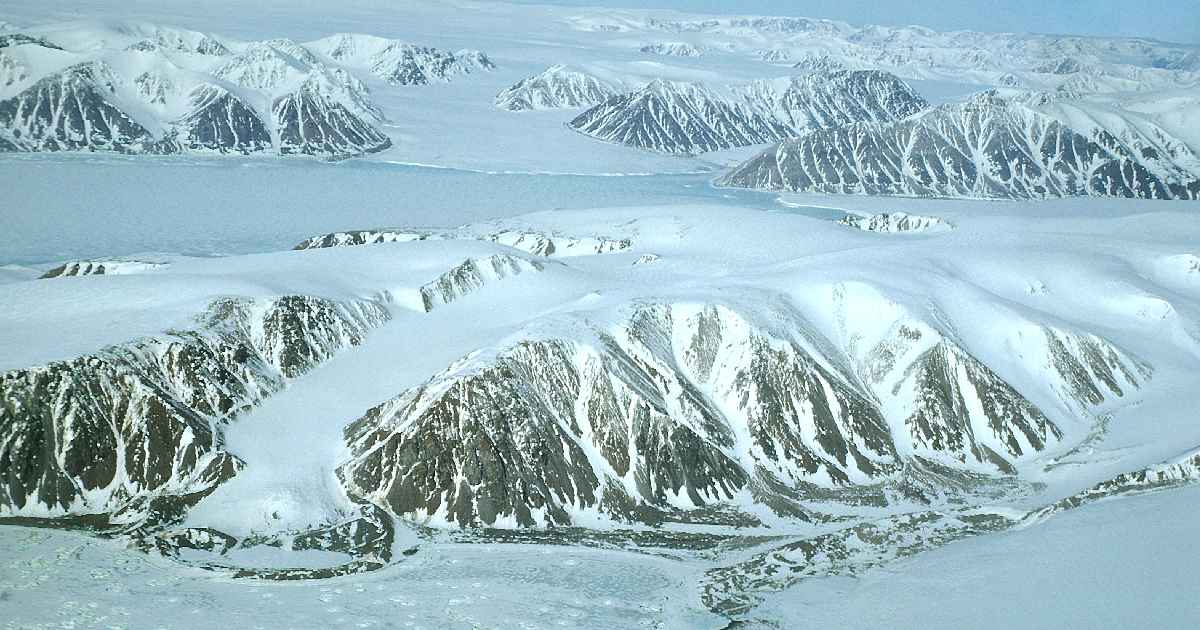
- Area: 196,236 square kilometers
- Location: Canadian Arctic Archipelago, Arctic Ocean
- Key Feature: World’s northernmost permanently inhabited place, Alert
Ellesmere Island, the third-largest island in the Canadian Arctic Archipelago, is a frozen frontier in the Arctic Ocean. Spanning 196,236 square kilometers, it is one of the most remote and least populated islands on Earth. Its harsh, icy landscape is characterized by towering glaciers, ice caps, and rugged mountains, creating an otherworldly environment that is both awe-inspiring and challenging.
The island is home to Alert, the world’s northernmost permanently inhabited settlement. Despite its extreme conditions, Ellesmere Island supports a surprising array of wildlife, including Arctic wolves, musk oxen, and polar bears. The indigenous Inuit communities have thrived here for centuries, their survival intertwined with the island’s harsh but beautiful environment.
9. Great Britain
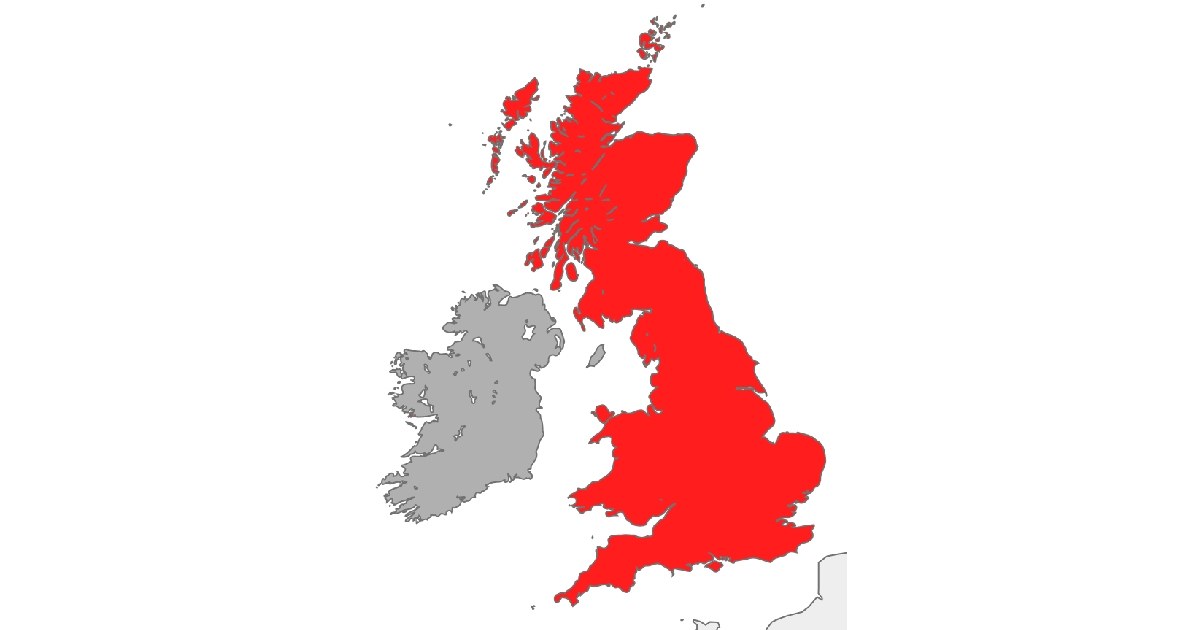
- Area: 209,331 square kilometers
- Location: North Atlantic Ocean
- Key Feature: Rich cultural heritage
Great Britain, with its 209,331 square kilometers, is the largest island in Europe and the ninth largest in the world. It is a land of rolling hills, historic castles, and vibrant cities such as London, Edinburgh, and Cardiff. The island’s landscape is as diverse as its cultural heritage, ranging from the rugged highlands of Scotland to the gentle countryside of England and Wales.
This island has played a pivotal role in shaping world history, from the ancient Roman invasions to the Industrial Revolution and beyond. Today, it remains a global cultural and economic powerhouse, renowned for its contributions to literature, science, and the arts. The rich tapestry of history and modernity makes Great Britain a fascinating destination.
8. Victoria Island
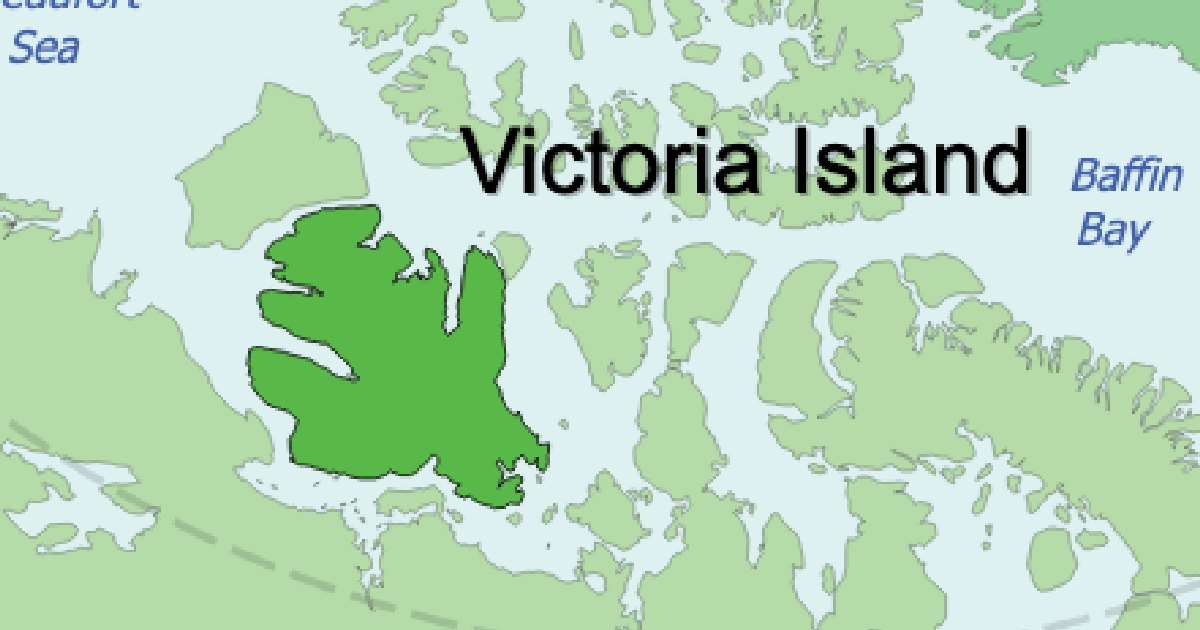
- Area: 217,291 square kilometers
- Location: Arctic Ocean
- Key Feature: Inuit traditions and permafrost landscape
Victoria Island, the eighth largest island globally, covers an area of 217,291 square kilometers. Located in the Arctic Ocean within the Canadian Arctic Archipelago, this sparsely populated island is a realm of permafrost, polar bears, and enduring Inuit traditions. Its remote and rugged terrain is characterized by vast stretches of tundra, glacial formations, and icy coastlines.
The island’s unique ecosystem supports a variety of Arctic wildlife, including musk oxen, caribou, and numerous bird species. The Inuit communities, who have inhabited this harsh environment for generations, maintain their traditional way of life, relying on hunting and fishing. Victoria Island’s untouched natural beauty and cultural heritage make it a significant part of Canada’s Arctic landscape.
7. Honshu
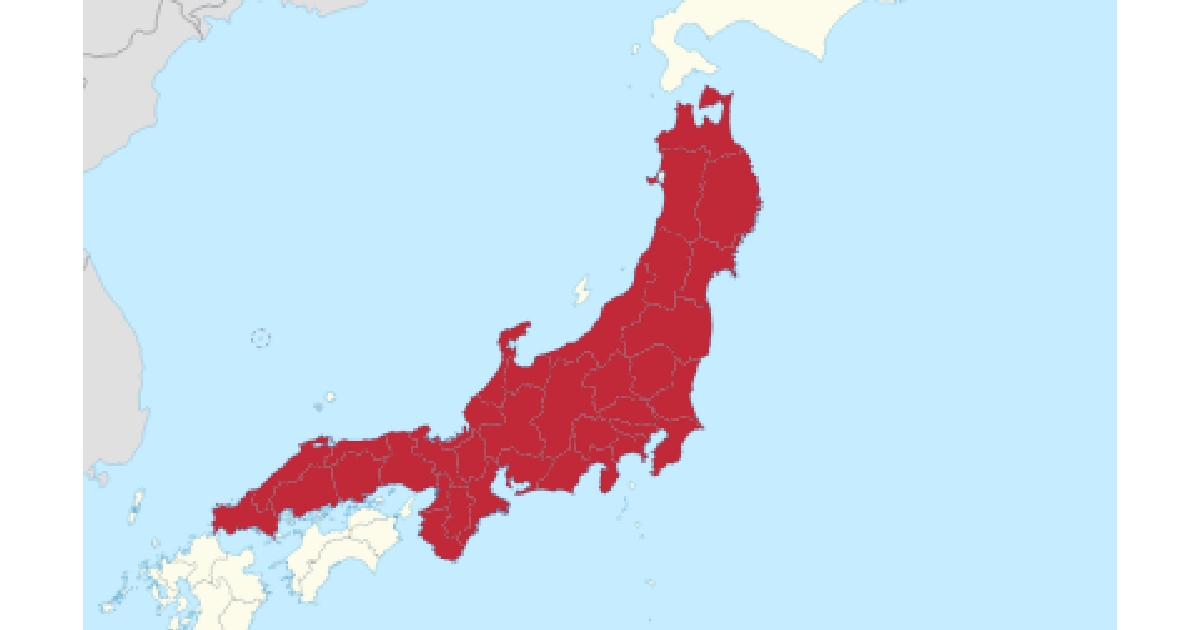
- Area: 227,970 square kilometers
- Location: Japan
- Key Feature: Cultural and technological hub
Honshu, the largest island in Japan, spans 227,970 square kilometers and is the seventh-largest island in the world. It is the cultural and economic heart of Japan, home to bustling cities like Tokyo, Osaka, and Kyoto. The island’s diverse landscape includes majestic mountains, serene temples, and cutting-edge technological centers.
Honshu is a land of contrasts, where ancient traditions coexist with modern innovations. The island is known for its historical sites, including ancient castles and shrines, as well as its natural wonders like Mount Fuji. The blend of history, culture, and modernity makes Honshu a fascinating destination for travelers and a crucial part of Japan’s identity.
6. Sumatra
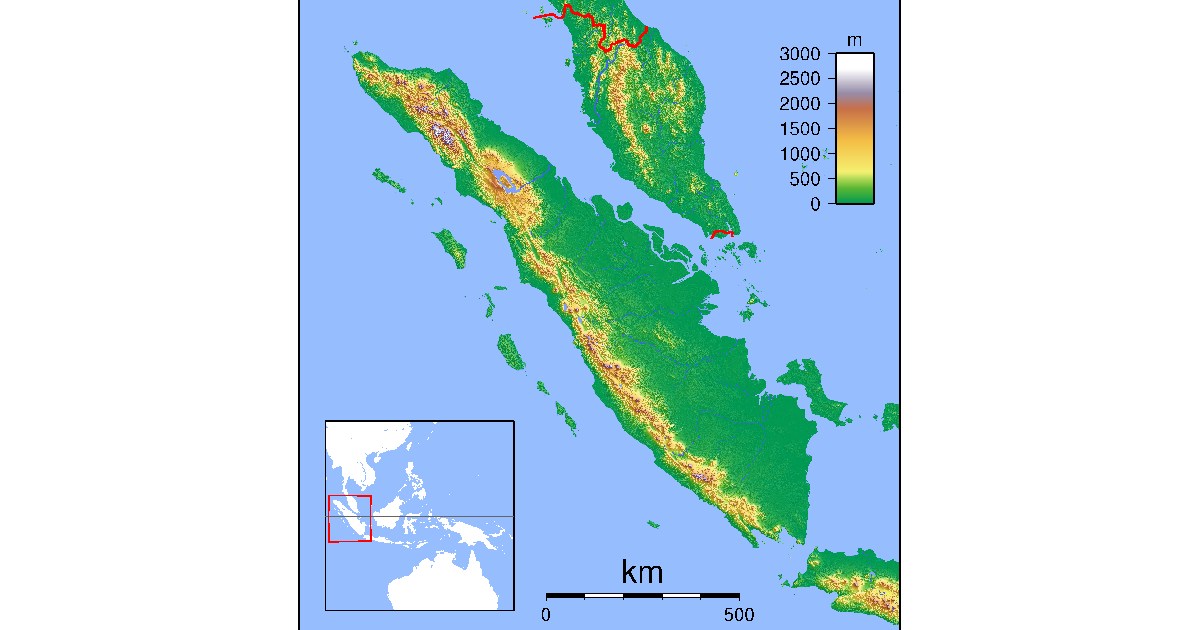
- Area: 443,066 square kilometers
- Location: Indonesian Archipelago, Indian Ocean
- Key Feature: Rich biodiversity and tropical rainforests
Sumatra, Indonesia’s second-largest island, covers 443,066 square kilometers, making it the sixth-largest island in the world. This tropical paradise is renowned for its diverse ecosystems, from smoldering volcanoes and lush rainforests to vast wetlands and pristine beaches. Sumatra’s rich biodiversity includes rare species such as orangutans, Sumatran tigers, and rhinoceroses.
The island’s cultural tapestry is equally rich, with a mix of indigenous tribes, traditional customs, and vibrant cities. Sumatra’s natural beauty and cultural heritage make it a captivating destination for adventurers and nature enthusiasts alike. The island’s landscapes offer a glimpse into the incredible biodiversity and cultural richness of Indonesia.
5. Baffin Island
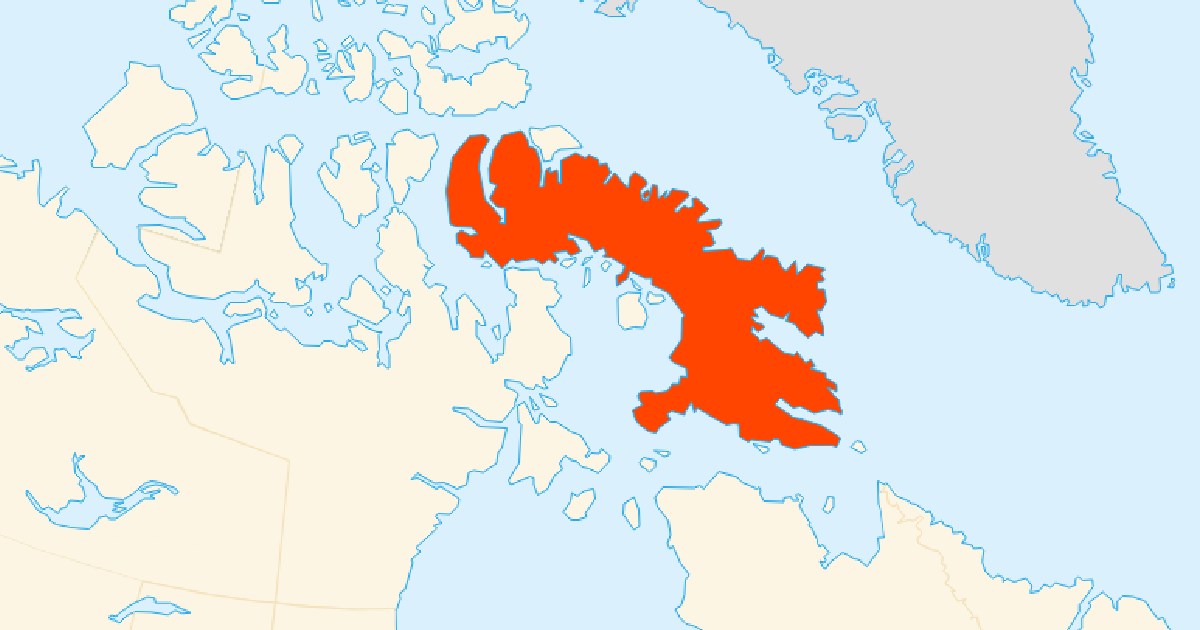
- Area: 507,451 square kilometers
- Location: Canadian Arctic Archipelago, Arctic Ocean
- Key Feature: Inuit communities and glacial landscapes
Baffin Island, the fifth-largest island in the world, spans 507,451 square kilometers in the Arctic Ocean. It is the largest island in the Canadian Arctic Archipelago and is known for its breathtaking glaciers, fjords, and rugged mountain ranges. The island’s harsh, icy environment is home to vibrant Inuit communities who have adapted to the extreme conditions over centuries.
The island’s remote and pristine landscapes offer a haven for Arctic wildlife, including polar bears, Arctic foxes, and migratory birds. Baffin Island’s natural beauty and cultural heritage make it a unique destination, providing insights into the resilience of both nature and human societies in one of the planet’s most challenging environments.
4. Madagascar
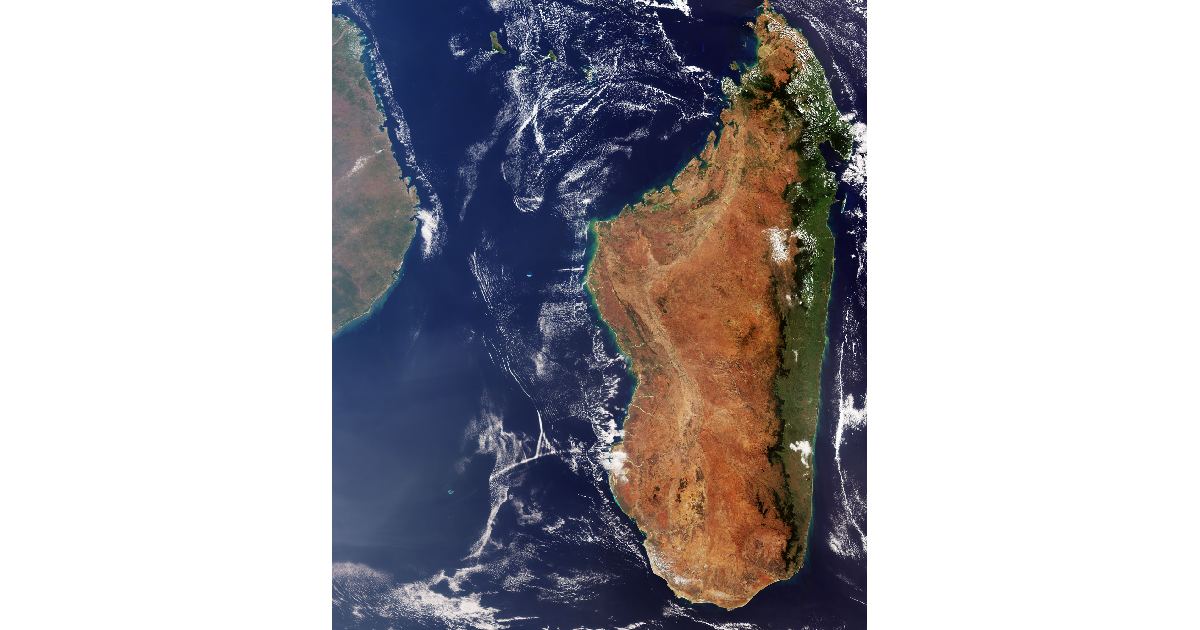
- Area: 587,041 square kilometers
- Location: Indian Ocean
- Key Feature: Unique endemic species
Madagascar, the fourth-largest island in the world, covers 587,041 square kilometers in the Indian Ocean. Often referred to as the “island continent,” Madagascar is renowned for its unique biodiversity, with over 90% of its wildlife found nowhere else on Earth. The island’s ecosystems range from dense rainforests and arid deserts to stunning coral reefs.
Madagascar’s distinctive flora and fauna include lemurs, baobabs, and a variety of other endemic species. The island’s cultural heritage is equally diverse, with influences from African, Asian, and European traditions. Madagascar’s unparalleled natural beauty and rich cultural history make it a fascinating destination for travelers and researchers alike.
3. Borneo
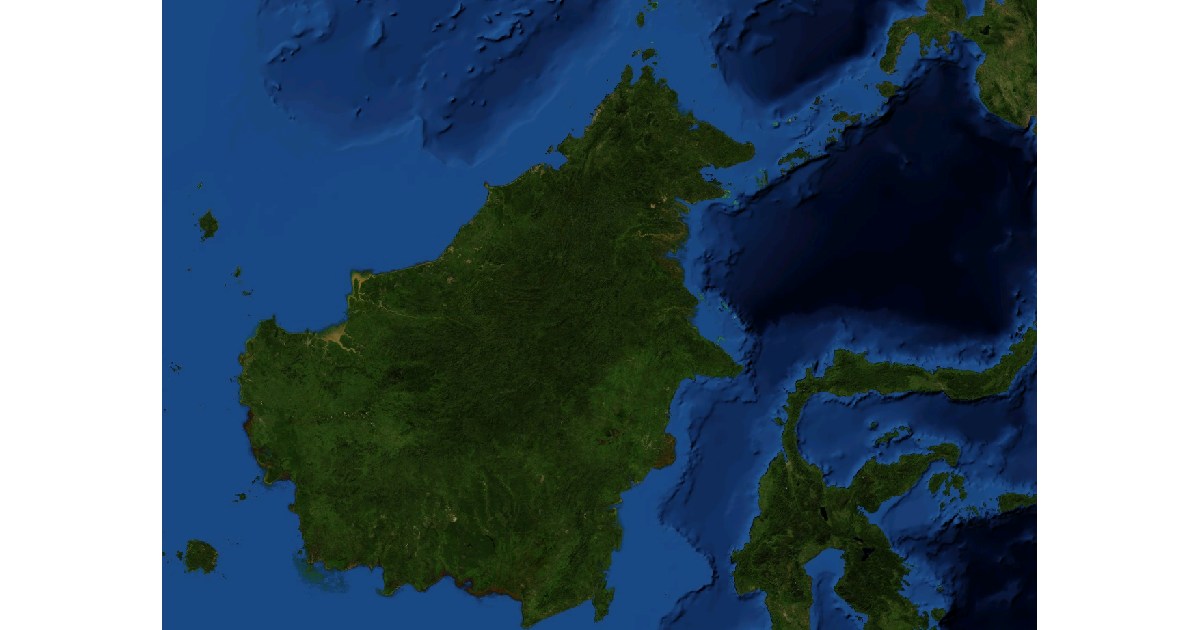
- Area: 748,168 square kilometers
- Location: Southeast Asia, shared by Indonesia, Malaysia, and Brunei
- Key Feature: Rich wildlife and rainforests
Borneo, the third-largest island in the world, covers 748,168 square kilometers and is shared by Indonesia, Malaysia, and Brunei, the only Island that is composed of three countries. Indonesia governs the majority of Borneo, holding 73% of the island’s territory. Malaysia oversees 24% of Borneo, situated in the northern part of the island, which includes most of the northern coastline that borders the South China Sea.
This tropical island is a paradise for wildlife enthusiasts, home to the endangered orangutan, the majestic proboscis monkey, and a vibrant array of other species. Borneo’s lush rainforests and diverse ecosystems are among the most biologically diverse on the planet.
The island’s cultural heritage is equally rich, with a blend of indigenous traditions and influences from various Asian cultures. Borneo’s rainforests are also crucial for the global climate, acting as vital carbon sinks. The island’s natural beauty and cultural diversity make it a unique and significant part of Southeast Asia.
2. New Guinea
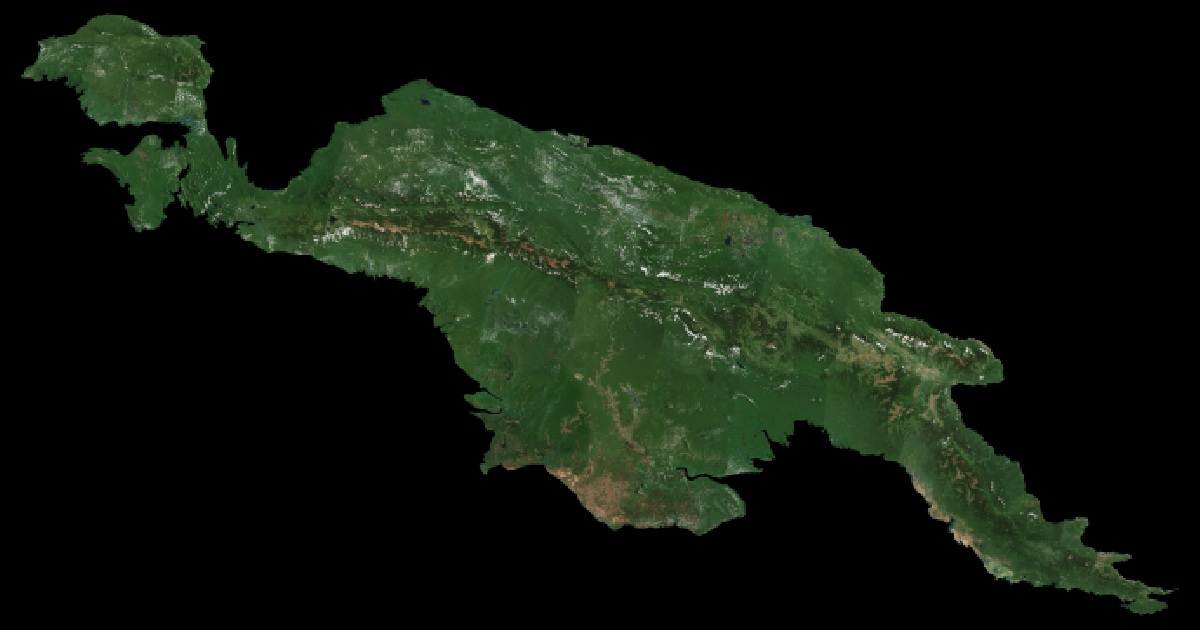
- Area: 785,753 square kilometers
- Location: South Pacific Ocean, shared by Indonesia and Papua New Guinea
- Key Feature: High biodiversity and diverse Indigenous cultures
New Guinea, the second-largest island in the world, covers 785,753 square kilometers in the South Pacific Ocean. It is shared by Indonesia and Papua New Guinea, making it a treasure trove of biodiversity and cultural richness. The island’s landscapes range from towering mountains and dense rainforests to extensive wetlands and pristine beaches.
New Guinea is home to some of the world’s most diverse ecosystems, hosting countless species of plants and animals found nowhere else. The island’s indigenous cultures are equally diverse, with unique languages, traditions, and ways of life. New Guinea’s natural and cultural heritage makes it a crucial and fascinating part of the Pacific region.
1. Greenland
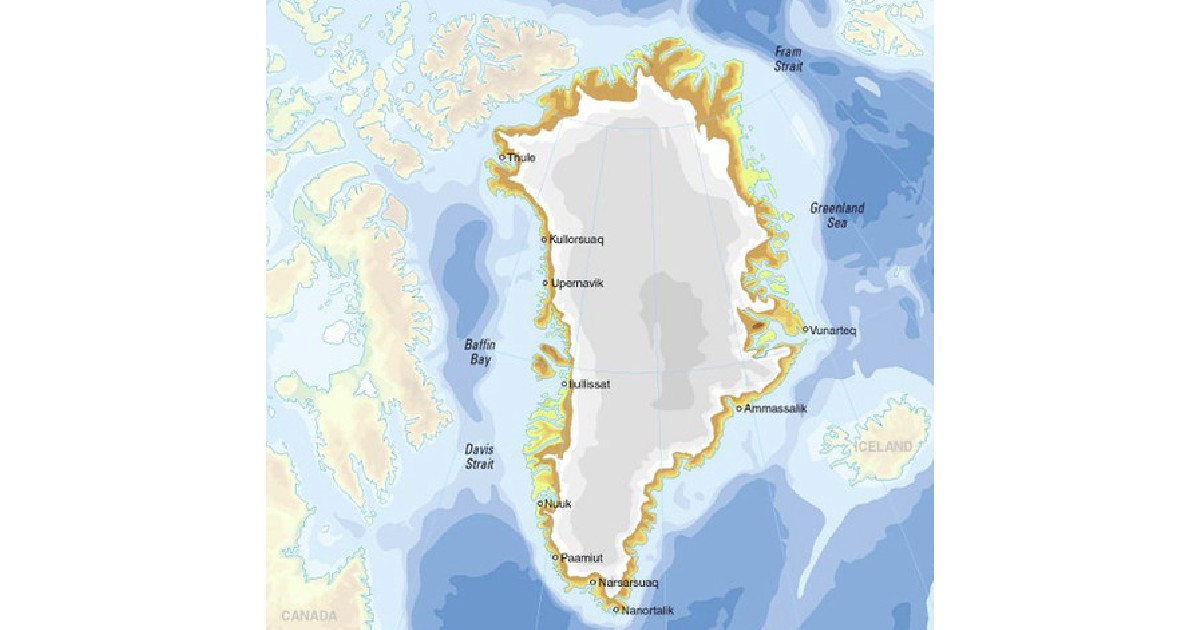
- Area: 2,166,086 square kilometers
- Location: North Atlantic Ocean
- Key Feature: Vast ice sheet and autonomous Danish territory
Greenland, the world’s largest island, spans a staggering 2,166,086 square kilometers in the North Atlantic Ocean. This autonomous Danish territory is draped in a vast Greenland ice sheet, covering roughly 80% of its surface. Greenland’s icy landscapes are home to stunning fjords, towering glaciers, and a variety of Arctic wildlife, including polar bears and reindeer.
Despite its harsh environment, Greenland has a rich cultural heritage, with indigenous Inuit communities that have adapted to the extreme conditions over millennia. The island’s unique landscapes and cultural resilience make it a significant part of the Arctic region and a symbol of the planet’s changing climate.
Conclusion
The largest islands in the world are remarkable in their diversity and beauty. From the icy expanses of Greenland and Ellesmere Island to the tropical paradises of Borneo and Sumatra, each island offers a unique glimpse into the natural and cultural richness of our planet. Exploring these islands reveals not only the vastness of the Earth’s landscapes but also the incredible adaptability and resilience of life in its many forms.
Frequently Asked Questions (FAQs)
Which is bigger, Greenland or Australia?
Australia is larger than Greenland. Although Greenland is the world’s largest island, covering 2,166,086 square kilometers, Australia is considered a continent and is significantly bigger, with an area of about 7.7 million square kilometers. The classification difference lies in Australia’s continental status, which separates it from being merely an island.
What is the largest single island in the world?
Greenland holds the title of the largest single island in the world. It spans an impressive 2,166,086 square kilometers and is located in the North Atlantic Ocean. This massive island, covered predominantly by an ice sheet, is an autonomous Danish territory and is renowned for its vast icy landscapes and Arctic wildlife.
Why is Australia not the largest island in the world?
Australia is not considered the largest island because it is classified as a continent. Islands are land masses smaller than continents and surrounded by water. While Australia is surrounded by water, its size and geological characteristics qualify it as a continent, distinguishing it from islands like Greenland, which is the world’s largest island.
What is the most crowded island in the world?
The most crowded island in the world is Java, part of Indonesia. Java has a population exceeding 145 million people, making it the most densely populated island globally. This high population density is due to its fertile land, economic opportunities, and significant urban centers like Jakarta, Indonesia’s capital.
Is Antarctica an island, yes or no?
No, Antarctica is not considered an island; it is classified as a continent. Despite being surrounded by the Southern Ocean, its vast landmass and unique geological and climatic features differentiate it from islands. Antarctica spans about 14 million square kilometers, making it the fifth-largest continent, primarily covered by an ice sheet.

